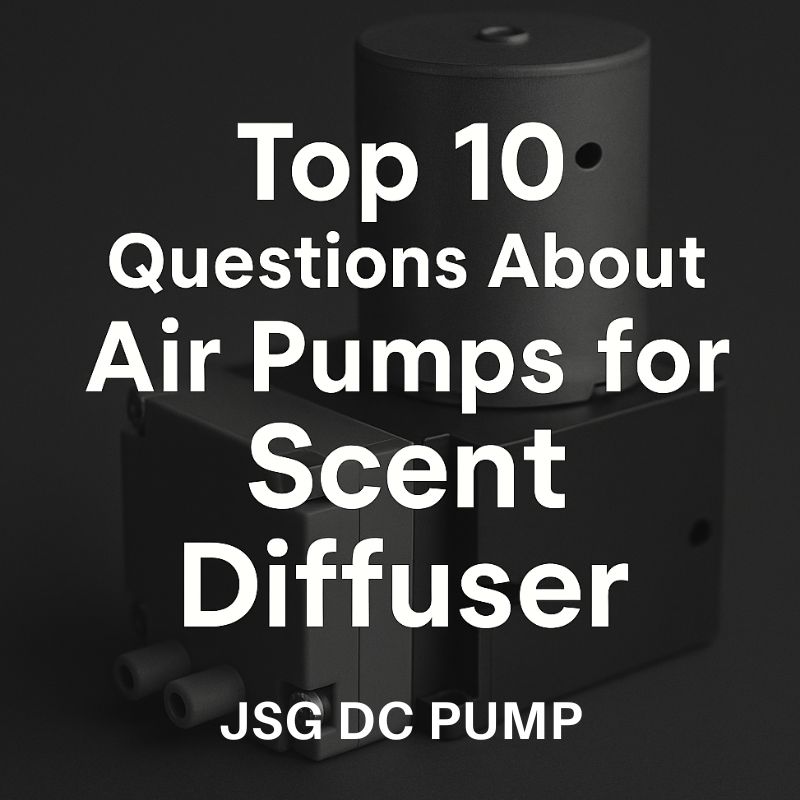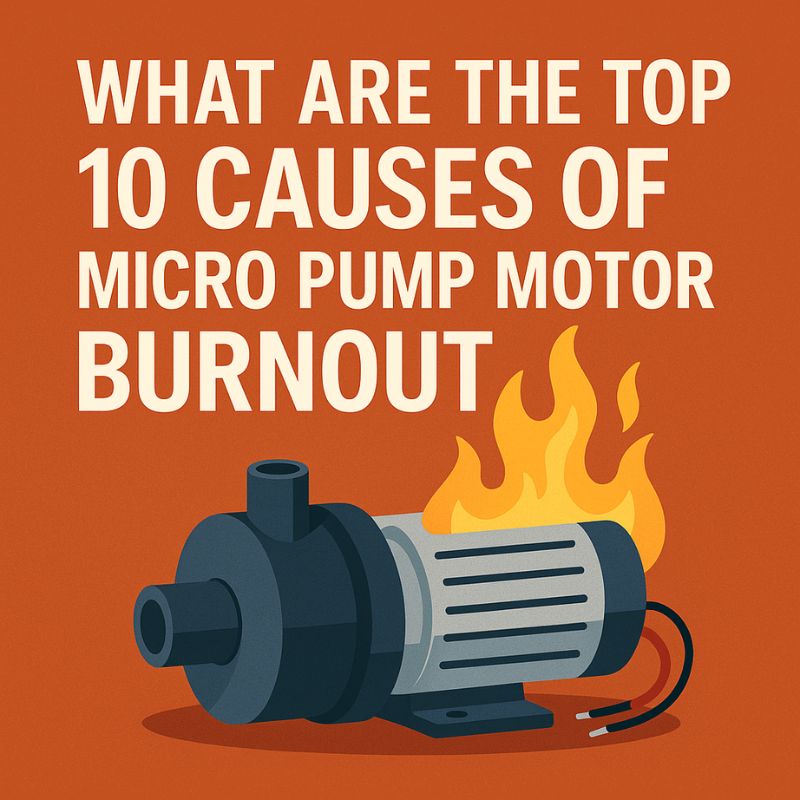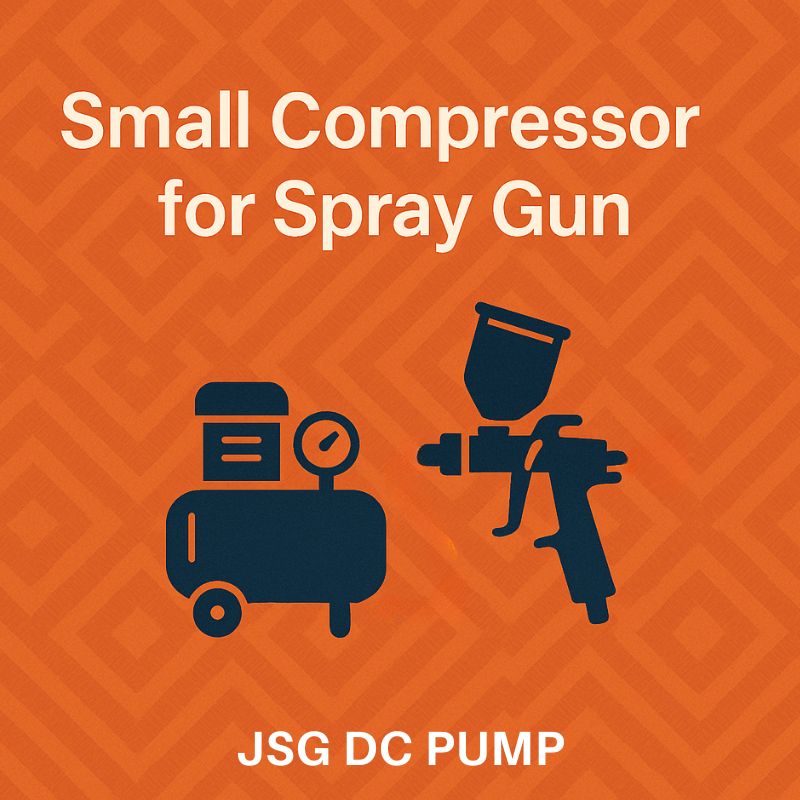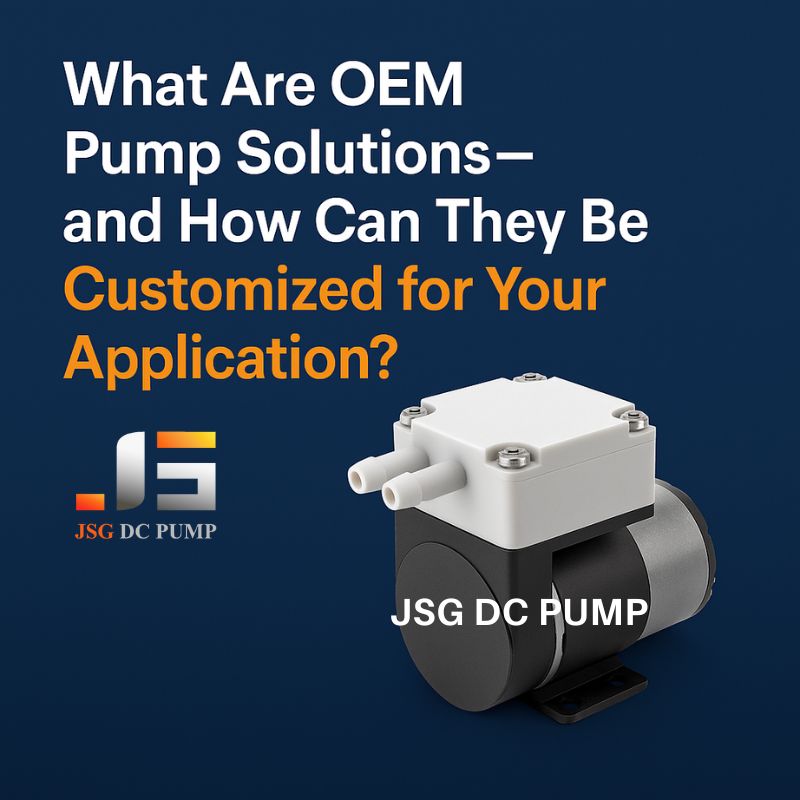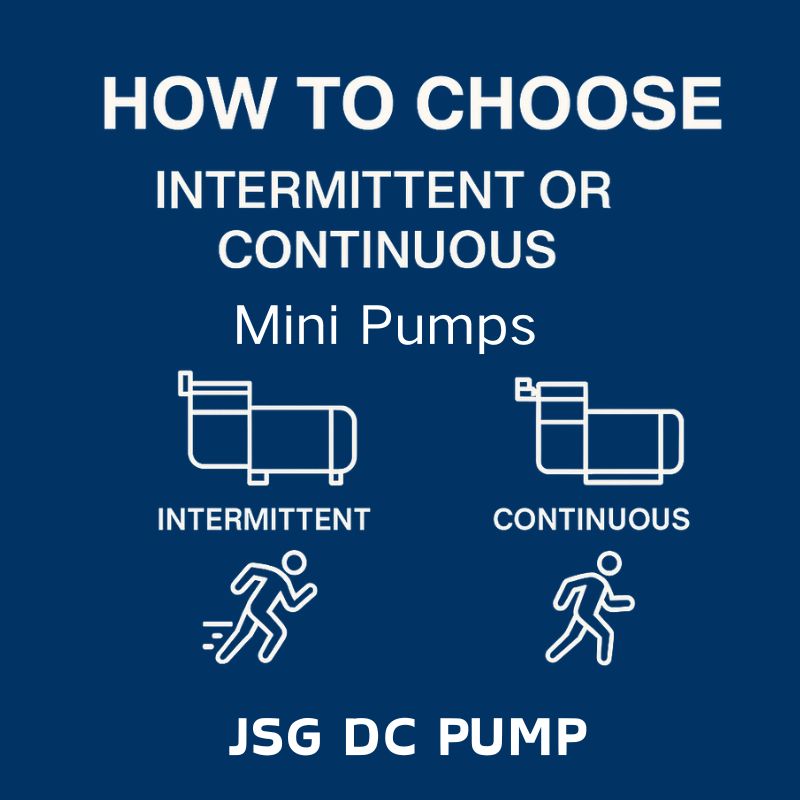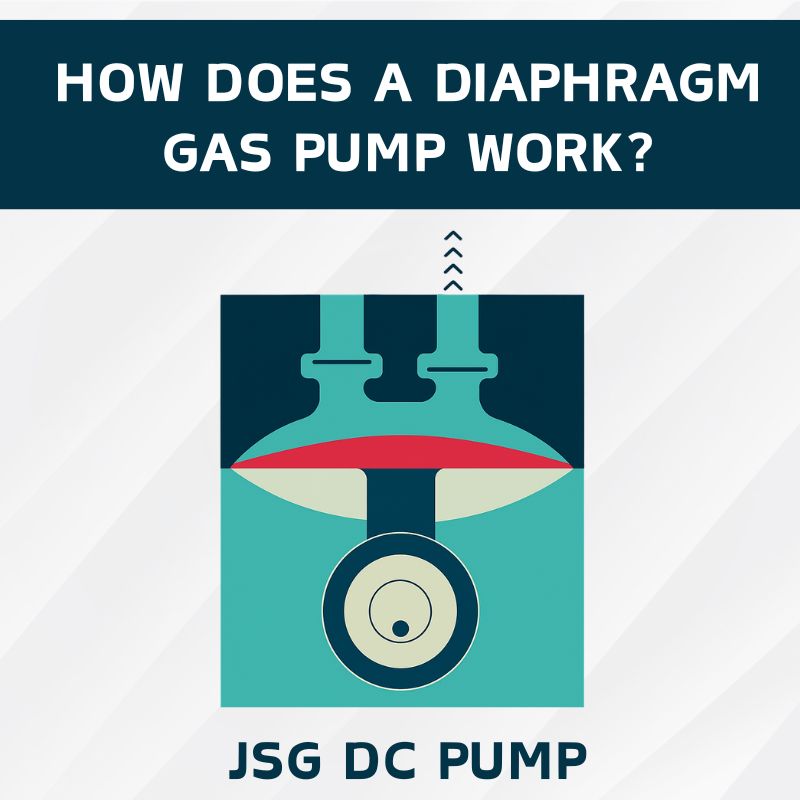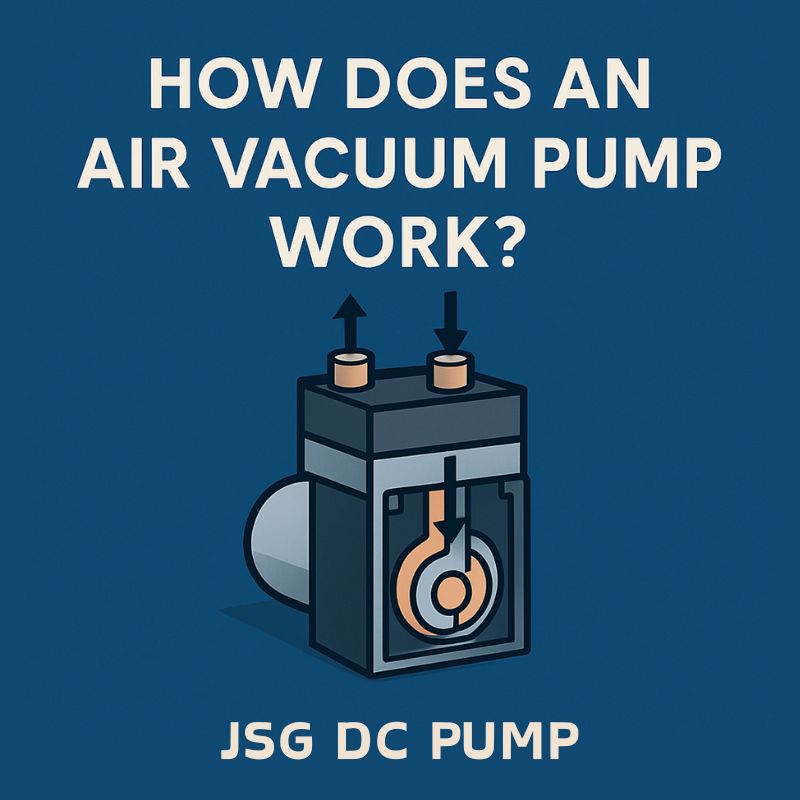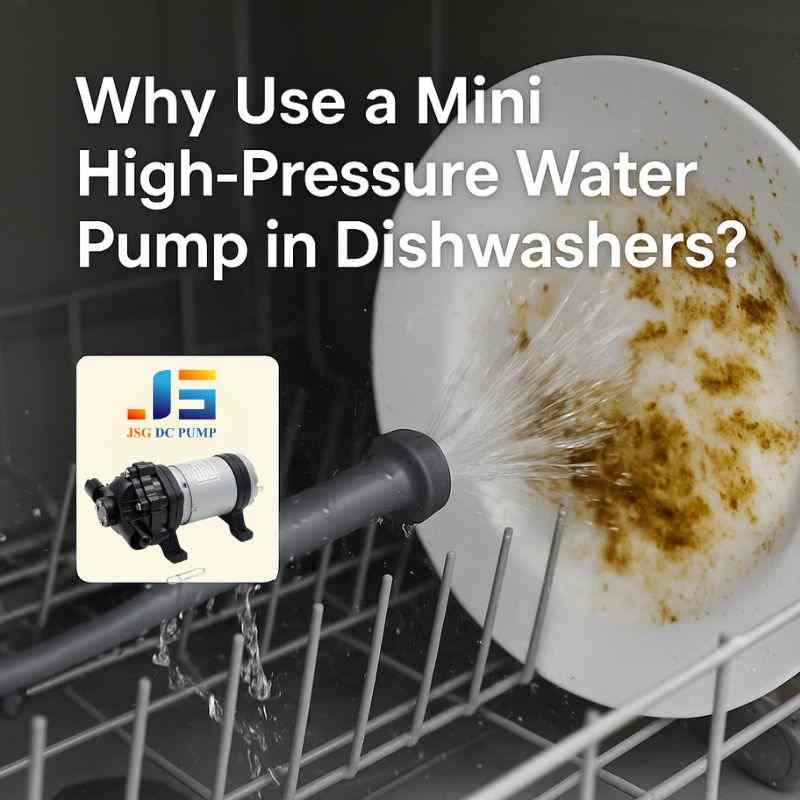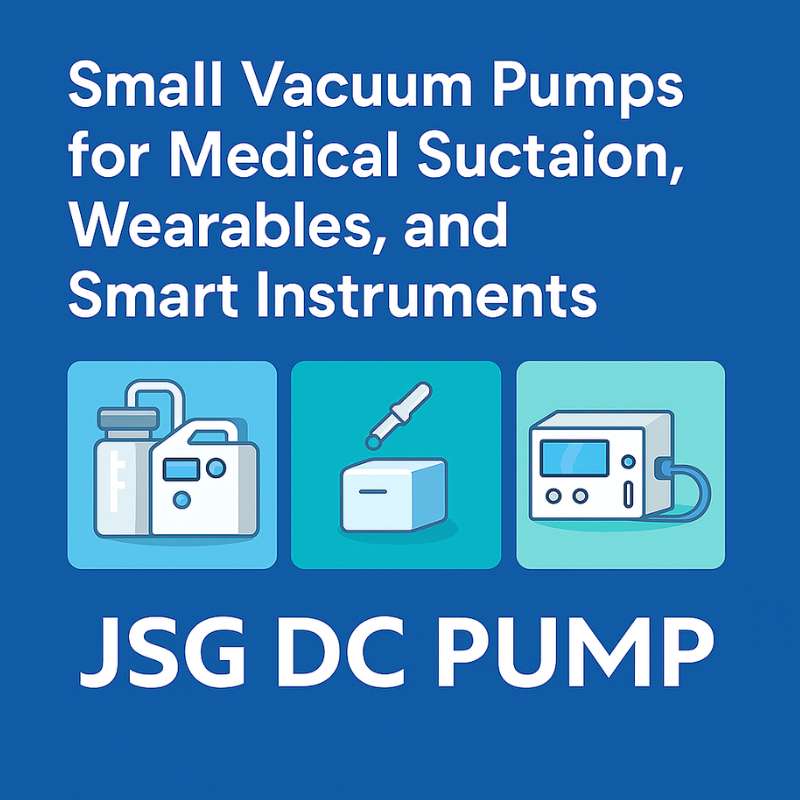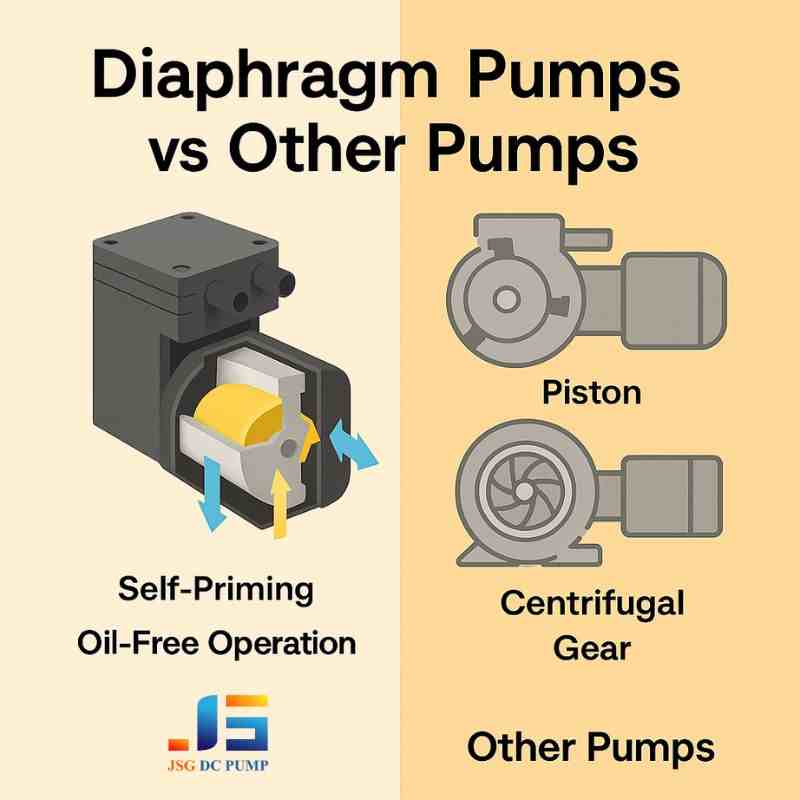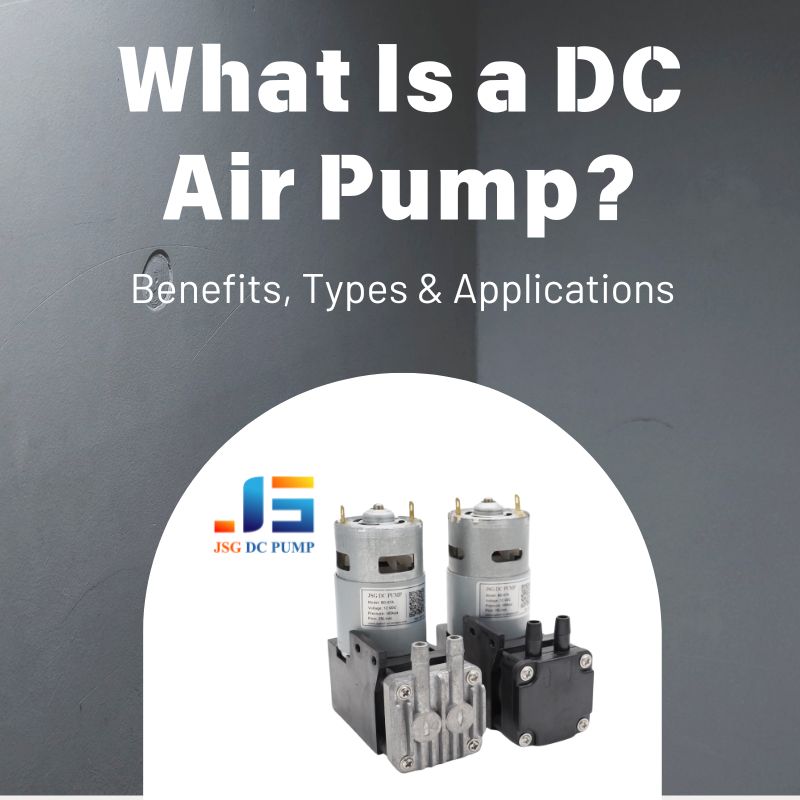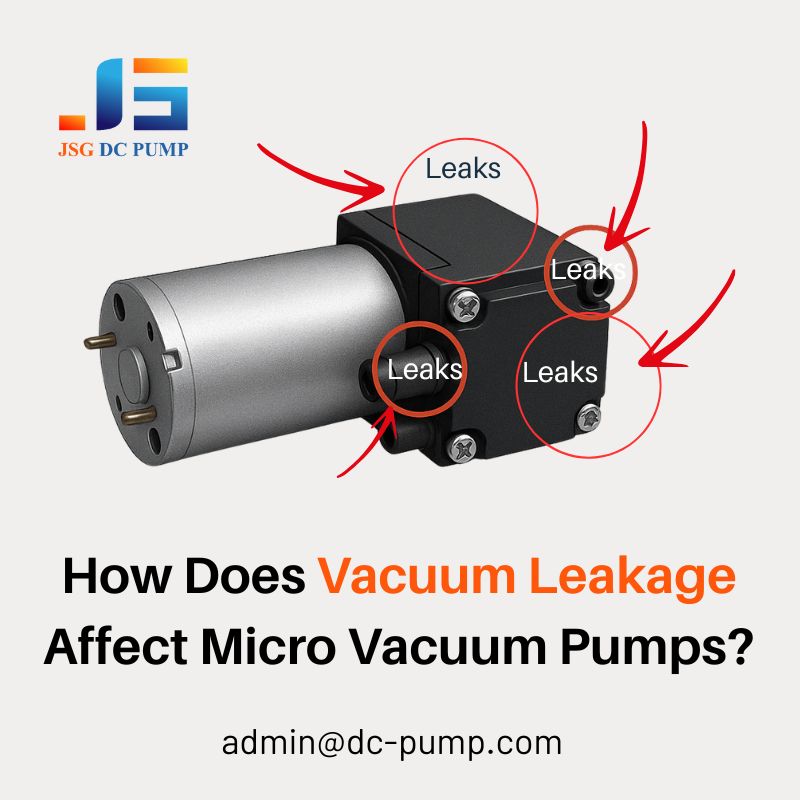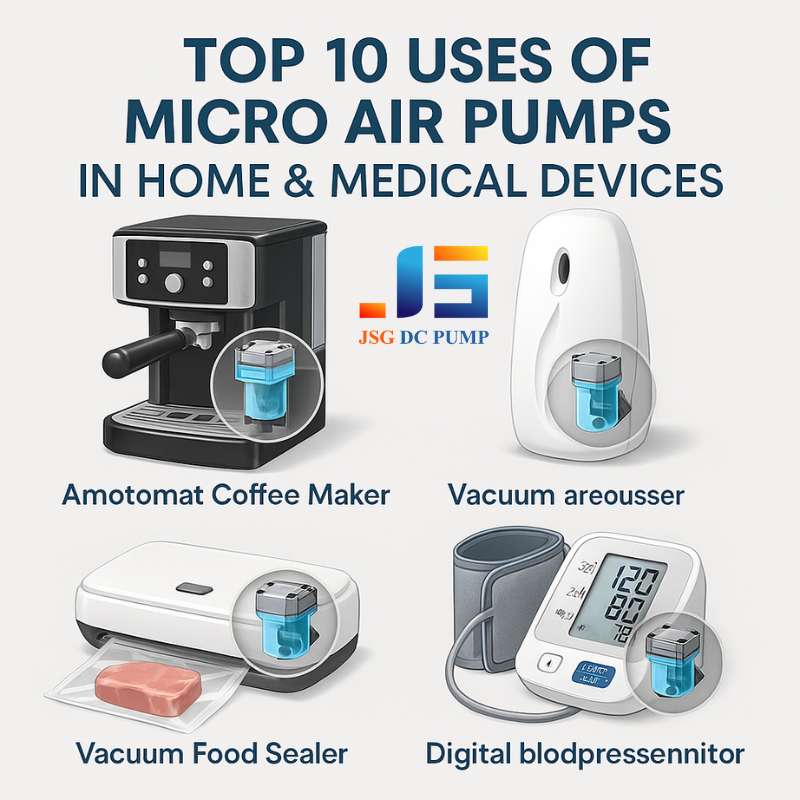Your luxury scent diffuser promises a sublime, relaxing atmosphere, but instead, it’s noisy or inconsistent. Often, the real issue is the Air Pump for Scent Diffuser, the hidden engine behind the fragrance experience.
The most common questions about scent diffuser pumps focus on the right technology (diaphragm pump), achieving quiet operation (brushless motor), a long lifespan, and chemical compatibility with essential oils (FKM/Viton® materials).
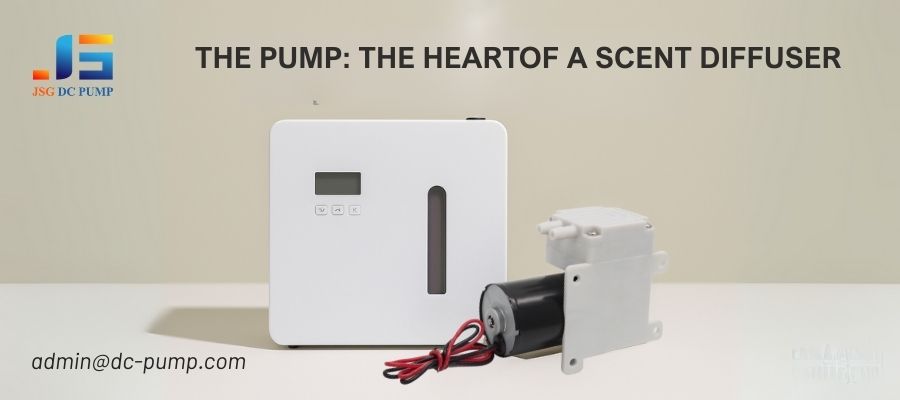
As an engineer at JSG DC PUMP, I consult with designers of premium home and commercial scenting systems every week. They understand that the magic of a high-end diffuser isn’t just in the expensive fragrance oil; it’s in the unseen technology that transforms that oil into a fine, silent, invisible mist. A cheap, noisy pump can ruin a brand’s reputation, while the right pump elevates the user experience to one of true luxury. Let’s break down the ten most critical questions designers ask when selecting the perfect pump.
What type of air pump is best for a high-end scent diffuser?
You want a fine, dry mist that fills the room, not large, oily droplets that stain surfaces. You know the pump technology is key, but you’re not sure which type to choose.
A miniature diaphragm pump is the best choice. It provides the consistent, oil-free air pressure required for cold-air diffusion (nebulizing), which atomizes essential oils into a micro-mist without using heat.
High-end diffusers use a process called nebulization or cold-air diffusion. It relies on the Venturi effect: a jet of air from the pump flows across a siphon tube, creating a vacuum that draws up the essential oil. This high-speed air then shatters the oil into particles so small they can float in the air. This process preserves the oil’s delicate therapeutic properties, which heat or water would damage. A diaphragm pump is perfect for this because its oscillating membrane produces clean, oil-free air at the precise pressure needed for efficient atomization.
| Pump Type | Principle | Pros for Diffusers | Cons for Diffusers |
|---|---|---|---|
| Diaphragm Pump | Oscillating membrane | Oil-free, consistent pressure, quiet, long life | The ideal choice. |
| Piston Pump | Piston in a cylinder | Can create high pressure | Often noisy, can have oil lubrication, pulsation |
| Centrifugal Blower | Spinning impeller | Moves a lot of air | Very low pressure, cannot atomize oils |
How can I make my scent diffuser as quiet as possible?
Your diffuser is meant to create a calm, luxurious ambiance. A loud, buzzing pump completely shatters that illusion and cheapens the experience for the user.
The key to a quiet diffuser is twofold: use a pump with a high-quality brushless DC motor, and mechanically isolate the pump from the diffuser’s chassis using soft silicone grommets.
Noise is the number one enemy of a luxury product. The primary source of noise in a small pump is the motor. Cheaper pumps use brushed motors, where physical carbon brushes create friction and electrical sparks, resulting in a constant buzzing noise. A premium brushless motor is electronically commutated, meaning it has no wearing parts, making it nearly silent. The second source of noise is vibration. Even a quiet motor will sound loud if it’s screwed directly to the diffuser’s case, turning the whole product into a speaker. Mounting the pump on soft, vibration-absorbing materials isolates its movement and ensures that only the fragrance is noticed, not the hardware.
| Noise Reduction Technique | Description | Noise Reduction Level |
|---|---|---|
| Brushless Motor | No physical brush contact reduces motor noise. | High |
| Silicone Grommets | The pump “floats” on rubber mounts, absorbing vibration. | Medium |
| Enclosure Acoustics | Lining the enclosure with sound-dampening foam. | Medium |
| Optimized Pump Design | Internal pump head design with smooth airflow paths. | High |
How important are pressure and flow rate for atomizing scent oils?
Your diffuser produces a weak scent, or worse, it “spits” large droplets of oil instead of creating a fine mist. You’ve tried different oils, but the performance is still poor.
Pressure and flow rate are critical and must be matched to the nebulizing nozzle. You need enough pressure (e.g., >100 kPa) to atomize the oil and enough flow (e.g., >1.0 L/min) to disperse it effectively.
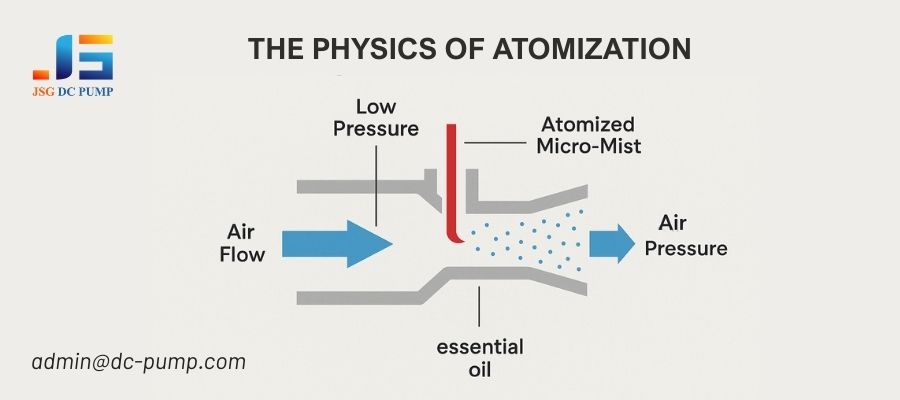
Think of pressure as the force and flow as the volume. You need enough pressure to overcome the viscosity of the essential oil and shatter it into a fine mist. If the pressure is too low, the pump can’t create a strong enough Venturi effect, and you get weak atomization or “spitting.” Flow rate determines how much of that mist is created per minute. Too little flow results in a weak scent, while too much flow can be overpowering and waste expensive oil. It’s a careful balancing act. My team at JSG frequently helps customers by testing their specific nozzles with our pumps to find the perfect pressure/flow combination for optimal performance.
What is the expected lifespan of an air pump in a scent diffuser?
You invested heavily in designing a premium diffuser. The last thing you want is for it to fail just after the warranty expires, leading to angry customers and damaging your brand’s reputation.
A high-end diffuser pump equipped with a brushless DC motor should have a lifespan of over 10,000 hours. In contrast, cheaper pumps with standard brushed motors may only last 500 to 1,500 hours.
The motor type is the single biggest factor in a pump’s longevity. A brushed motor’s life is limited by its carbon brushes, which physically wear down with every revolution. Once they’re gone, the motor is dead. A brushless motor has no such wear parts; its lifespan is determined by the high-quality bearings, which are designed for tens of thousands of hours of service. For a luxury product that a customer expects to last for years, choosing a brushless motor is not an upgrade; it’s a fundamental requirement. The small upfront cost difference is easily justified by the massive increase in reliability and customer satisfaction.
| Motor Type | Typical Lifespan | Primary Failure Mode | Suited For |
|---|---|---|---|
| Brushed DC | 500 – 1,500 hours | Brush wear | Disposable or very low-cost items |
| Coreless Brushed | 1,000 – 3,000 hours | Brush wear | Mid-range consumer products |
| Brushless DC (BLDC) | 10,000+ hours | Long-term bearing wear | Premium, long-life luxury products |
Do I need special materials to handle aggressive essential oils?
You’ve noticed that after a few months of use with a citrus or pine-based oil, the diffuser’s performance drops. Upon inspection, the pump’s internal tubing seems sticky or cracked.
Yes, you must use a pump with chemically resistant materials. The standard elastomer, EPDM, can be degraded by many essential oils. Using FKM (Viton®) for the diaphragm and valves is essential for longevity.
Essential oils are powerful organic compounds. While they smell wonderful, they can be surprisingly aggressive solvents, especially citrus, pine, and cinnamon oils. These compounds can cause standard rubber parts, like those made from EPDM, to swell, harden, or become gummy over time.
When this happens to the pump’s diaphragm or valves, the pump loses its seal and performance plummets. FKM is a high-performance fluoroelastomer known for its excellent resistance to oils, fuels, and chemicals. Specifying an FKM diaphragm when you order the pump ensures it will perform reliably for years, regardless of the fragrance oil the customer chooses to use.
How can I control the intensity of the scent?
Customers want to adjust the strength of the fragrance. Some prefer a subtle background note, while others want a more immersive scent experience. A simple on/off switch isn’t enough.
Scent intensity is best controlled by adjusting the pump’s motor speed using a PWM (Pulse Width Modulation) signal. This allows for precise, stepless control over the pump’s flow rate.
A brushless DC motor is not just quieter and longer-lasting; it’s also “smarter.” These motors can be precisely controlled by a simple electronic signal called PWM. By varying the “duty cycle” of this signal, your diffuser’s microprocessor can tell the pump to run at any speed, from 10% to 100% of its power. This directly translates to the flow rate and, therefore, the scent intensity. This gives the user fine-grained control, allowing them to dial in the exact scent level they want. It also enables smart features like programmable timers and intensity schedules, which are hallmarks of a truly premium product.
Why is my pump getting hot?
After running for a while, the body of the diffuser feels warm to the touch. You’re concerned about safety and the potential for the heat to damage the sensitive essential oils.
A pump getting hot is usually due to it working against excessive back pressure, often from a clogged nozzle or a kinked tube. It forces the motor to work harder, draw more current, and generate heat.

A pump is designed to move air freely. If the path is blocked, it’s like trying to blow air into a sealed bottle—pressure builds up instantly, and the motor has to strain against it. This “stalled” condition makes the motor draw significantly more electrical current, which is dissipated as heat. The most common cause in a scent diffuser is the nebulizing nozzle becoming clogged with thickened or dried oil. The second most common cause is a tube being pinched or kinked inside the enclosure. Ensuring a clear, unobstructed airflow path from the pump outlet to the atmosphere is the best way to keep the pump running cool and efficiently.
Can I use the same pump for a small room and a large commercial space?
You want to develop a product line of diffusers for different environments, from a small bedroom to a large hotel lobby. You are wondering if one pump model can do it all.
No, you need to match the pump’s flow rate to the volume of the space. A small room requires a pump with a low flow rate (e.g., 1 L/min), while a large lobby needs a much higher flow rate (e.g., 5-10 L/min) to be effective.
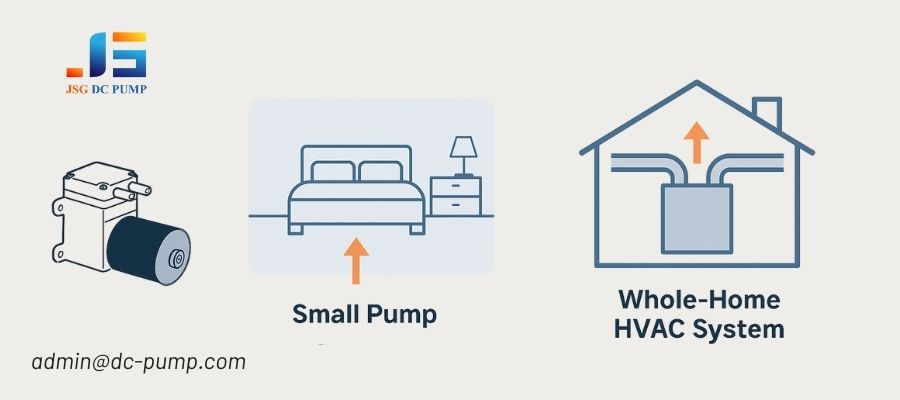
Scenting is all about achieving the right concentration of fragrance molecules in the air. A pump designed for a 200-square-foot room will be completely ineffective in a 2,000-square-foot space; the scent will be so diluted it’s unnoticeable. Conversely, using a powerful HVAC-scenting pump in a small bathroom would be incredibly overpowering and wasteful. As a manufacturer, it’s vital to offer a range of products with appropriately sized pumps. I’ve worked with clients to develop a “good, better, best” strategy, where the key difference between the models is the pump’s flow rate and the corresponding coverage area.
| Application | Coverage Area (sq. ft.) | Typical Flow Rate (L/min) | Required Pressure |
|---|---|---|---|
| Desktop/Car Diffuser | < 100 | 0.5 – 1.0 | High |
| Home Room Diffuser | 200 – 800 | 1.0 – 3.0 | High |
| HVAC / Commercial | 1,500 – 5,000+ | 5.0 – 10.0+ | High |
Should the pump be able to run continuously?
Some scenting applications, like in a hotel lobby or retail store, need to run 24/7. You’re worried about the pump wearing out prematurely under such demanding conditions.
For 24/7 operation, you absolutely must use a pump with a high-end brushless motor. A standard brushed motor will fail quickly under continuous use, while a brushless motor is specifically designed for such tasks.
The “duty cycle” is a critical specification. Most consumer-grade electronics are not designed to run continuously. However, commercial applications demand it. This is another area where brushless technology shines. Because there are no brushes to wear out, a brushless pump can run nonstop for years, with its lifespan only limited by the ultra-durable bearings.
When a client tells me their application requires continuous duty, I immediately steer them toward our premium brushless pump series. It provides the peace of mind and reliability that a commercial B2B customer expects. Attempting to use a cheaper, non-continuous duty pump in a 24/7 application will inevitably lead to costly service calls and product failures.
You’re looking at two pumps that look similar. One costs a few dollars, the other costs significantly more. You are tempted to choose the cheaper option to save on your bill of materials.
The difference is everything that matters for a luxury product: a premium pump has a quiet, long-life brushless motor, chemically resistant FKM materials, and undergoes strict quality control for consistent performance.
A cheap pump is a false economy. While it might save you a few dollars per unit, it introduces noise, unreliability, and chemical compatibility issues that will ultimately cost you far more in warranty claims, returns, and damage to your brand’s premium image. When you work with a specialized manufacturer like JSG, you are paying for engineering excellence and consistency.
Here is the real value of a premium pump:
- The Motor: Brushless vs. Brushed (Silence & Lifespan)
- The Materials: FKM vs. EPDM (Chemical Resistance)
- The Performance: Tightly controlled pressure/flow specifications vs. wide, inconsistent tolerances.
- The Quality: Every single pump is tested vs. simple spot-checking.
For a product where the user experience is paramount, the pump is the last place you should try to cut corners.
Conclusion
Choosing the right air pump is not a minor detail; it is the core of your scent diffuser’s performance, reliability, and perceived luxury. Focusing on quiet operation, lifespan, and material quality ensures a superior product.
Work with JSG DC PUMP to achieve precision, silence, and durability in your next diffuser project.
📧 Contact us: admin@dc-pump.com


